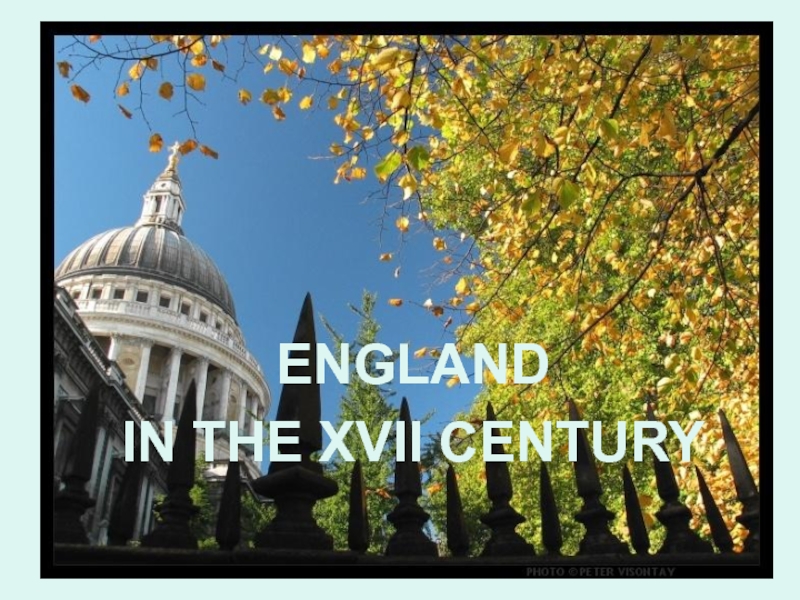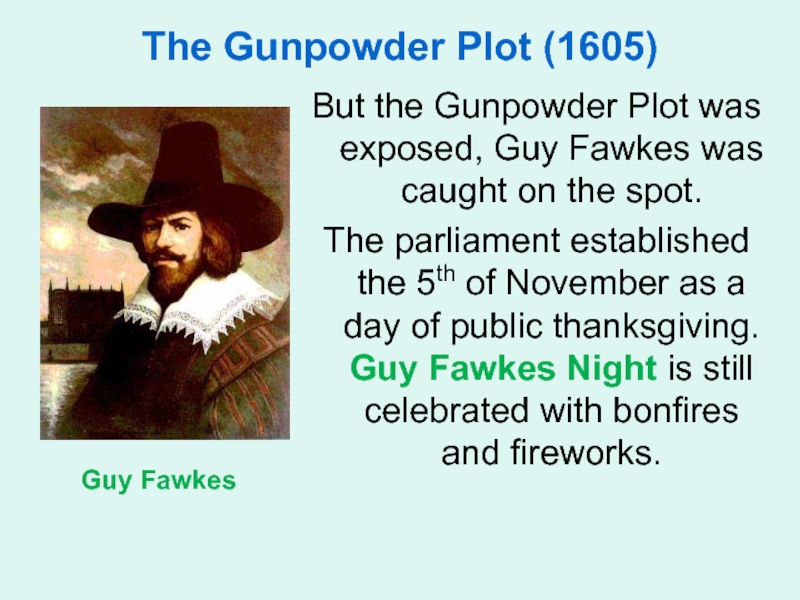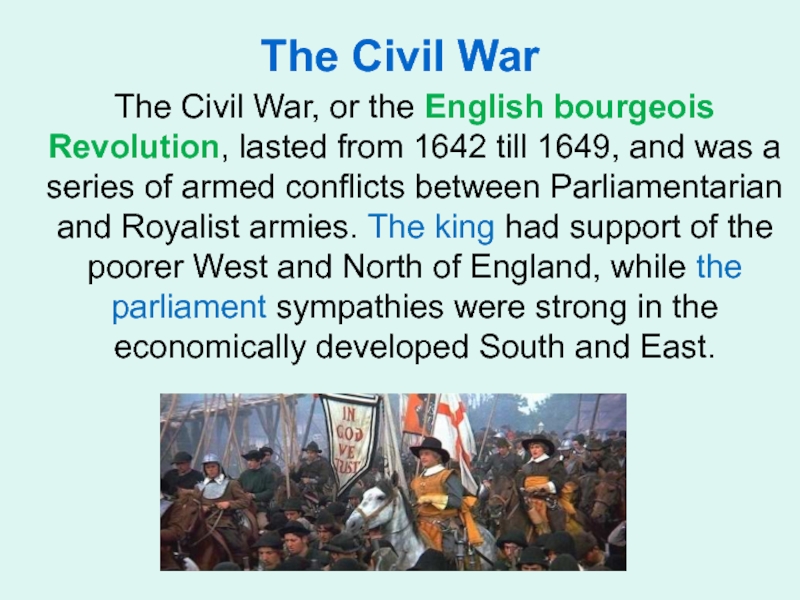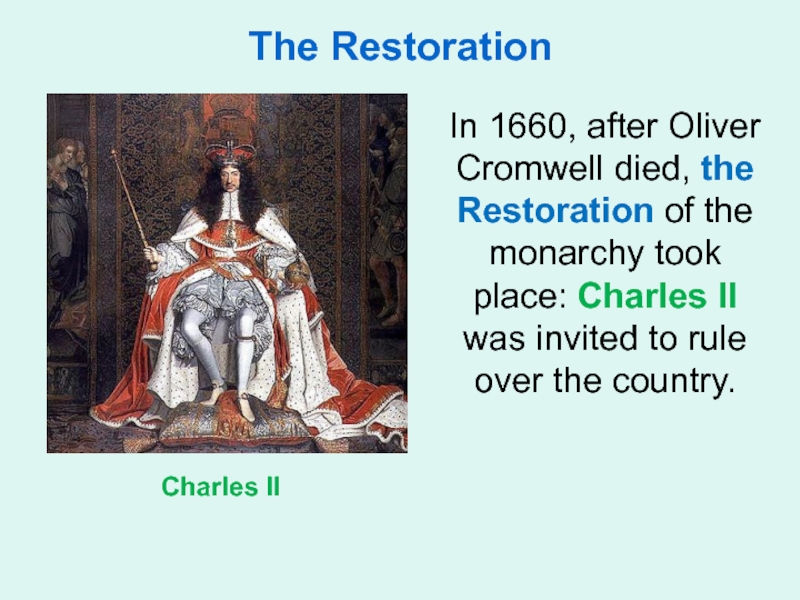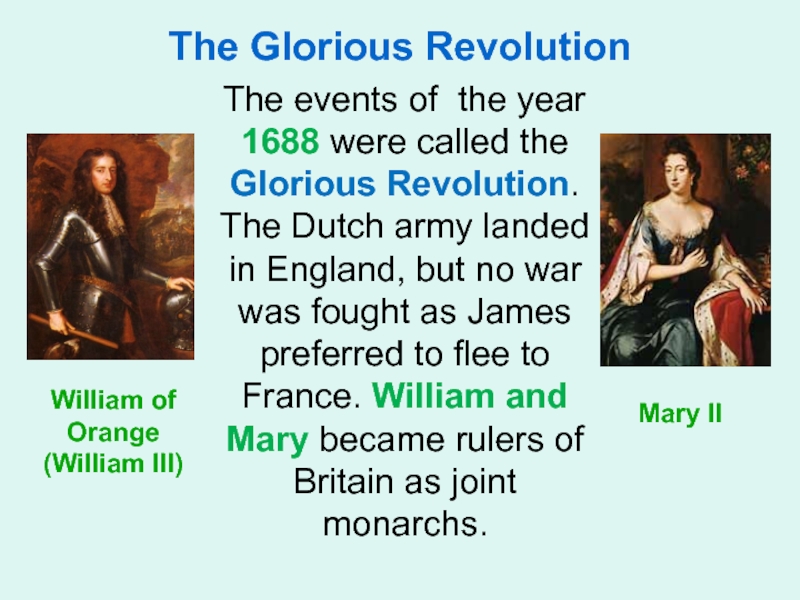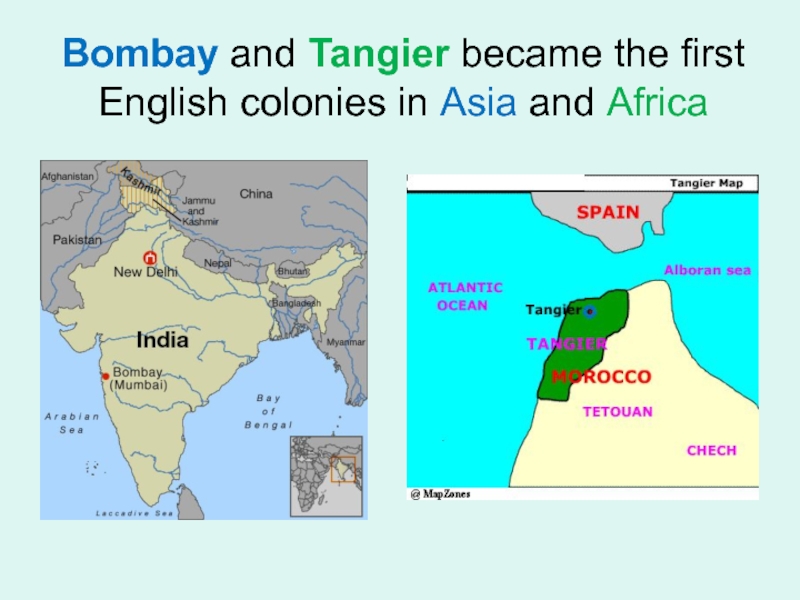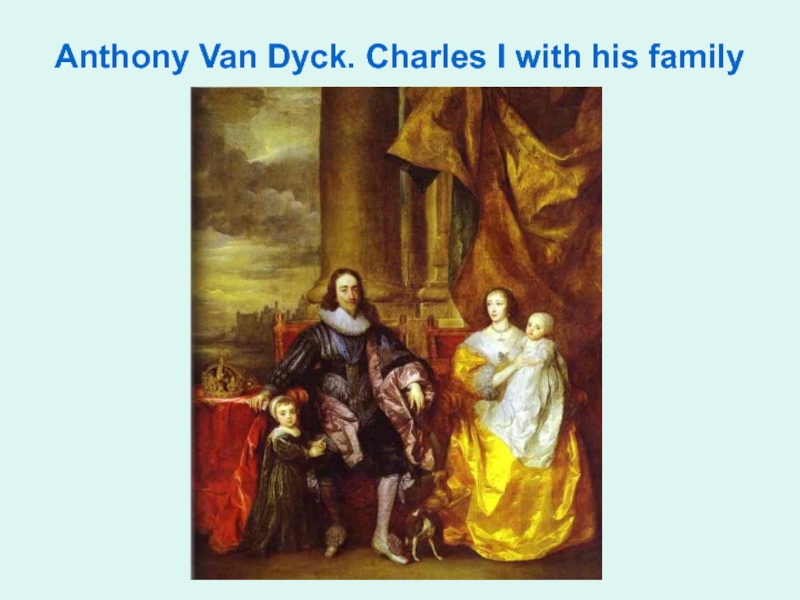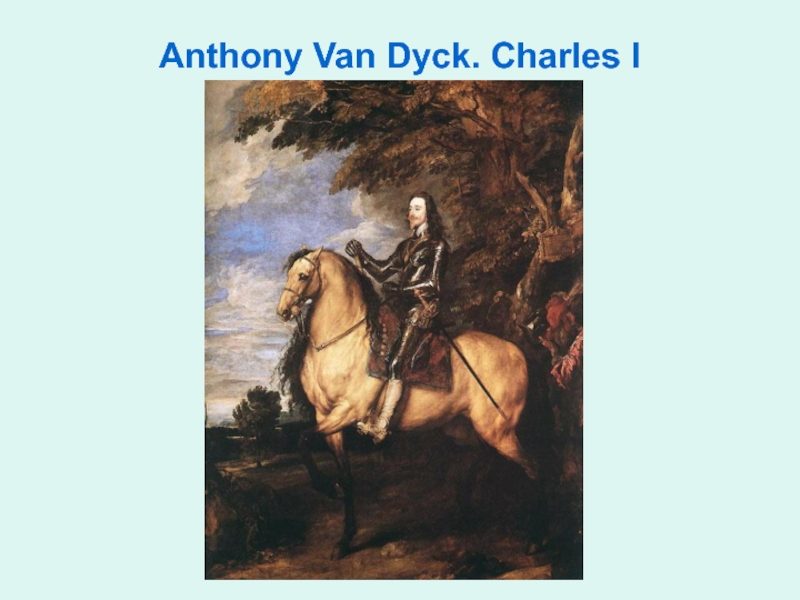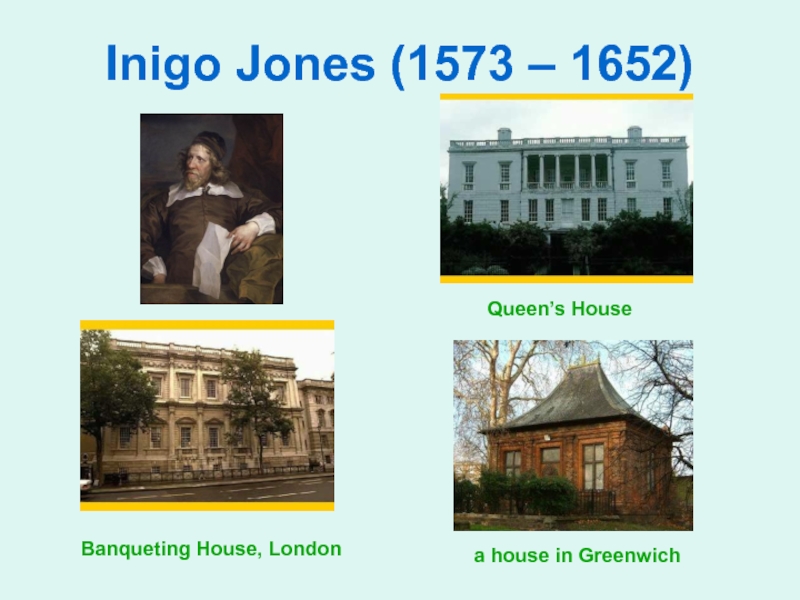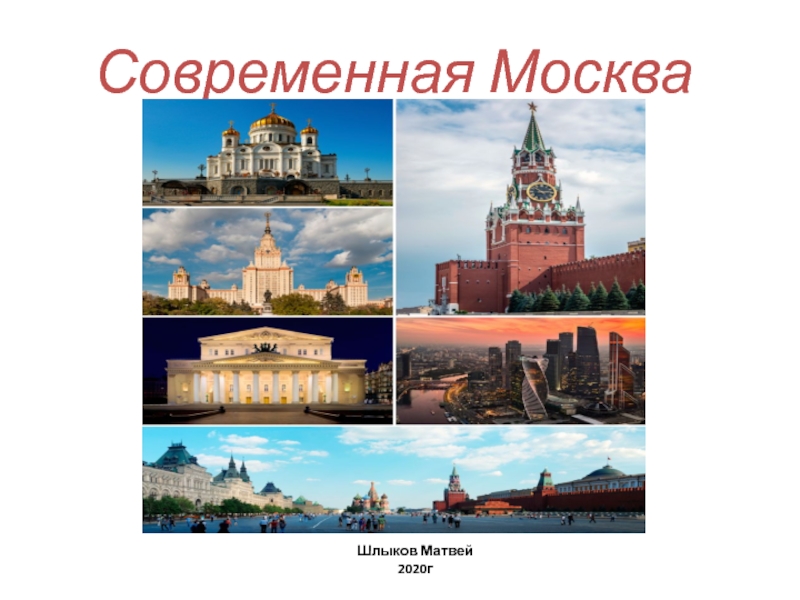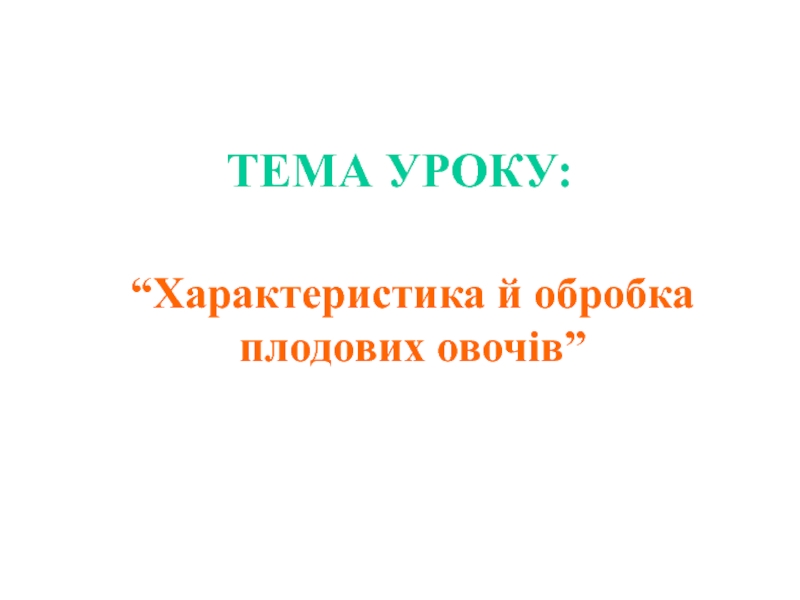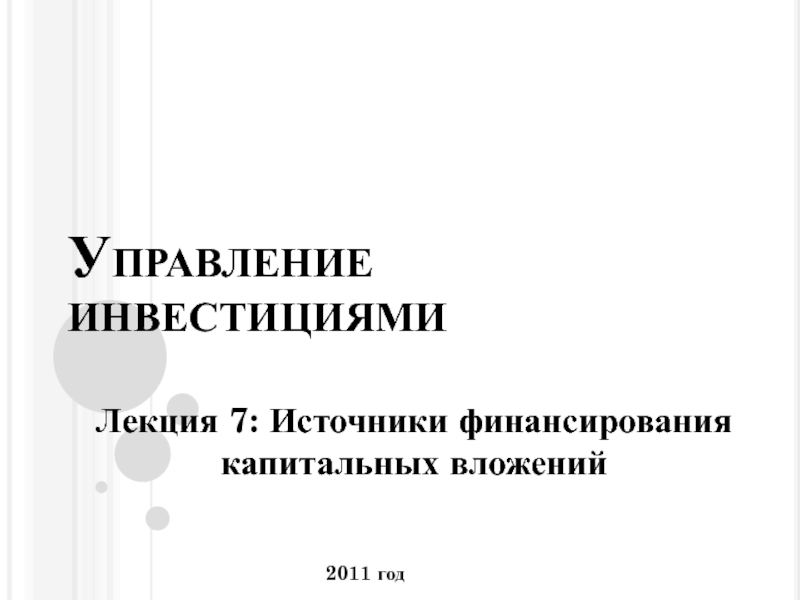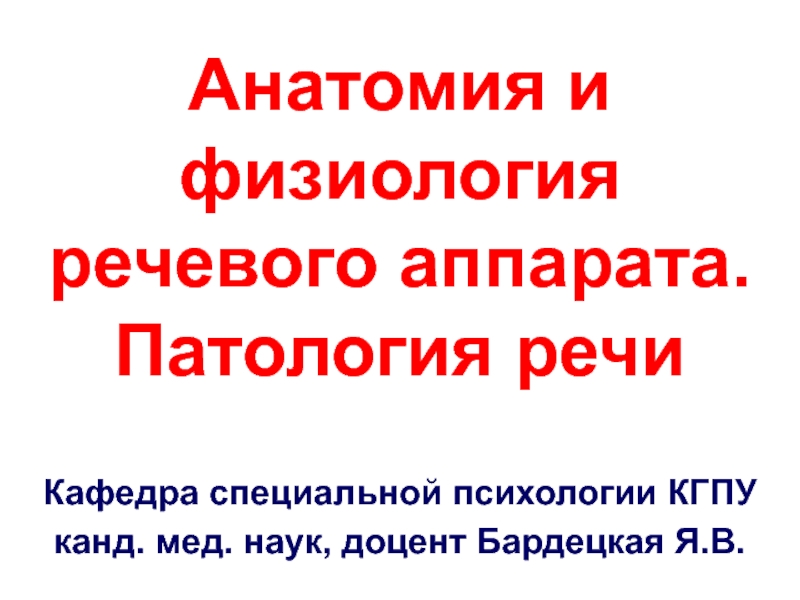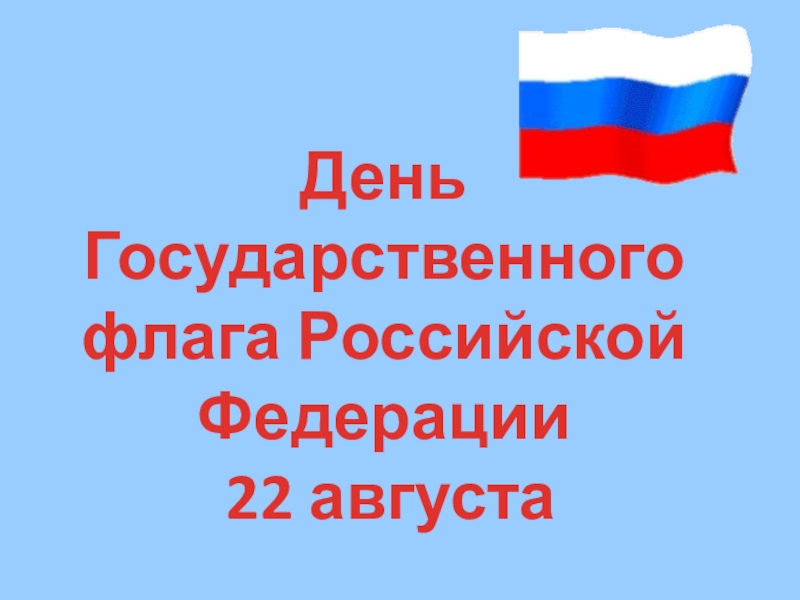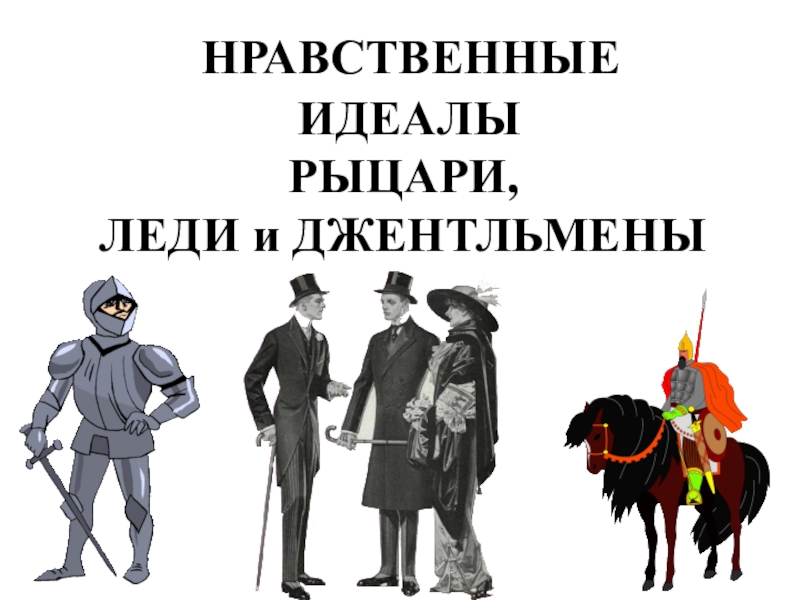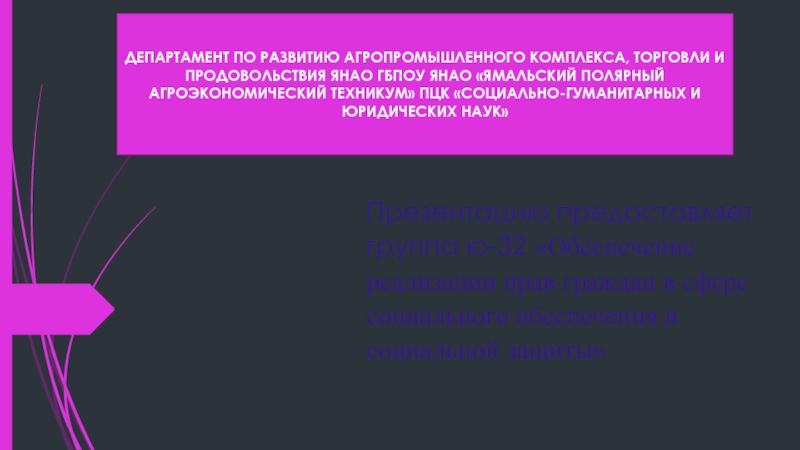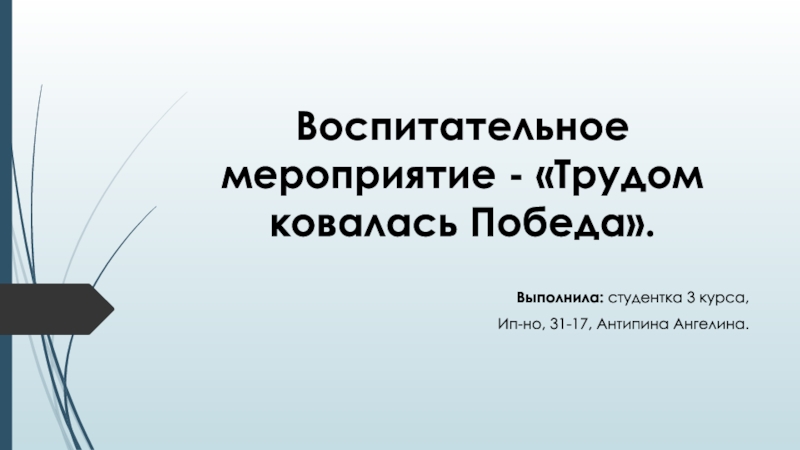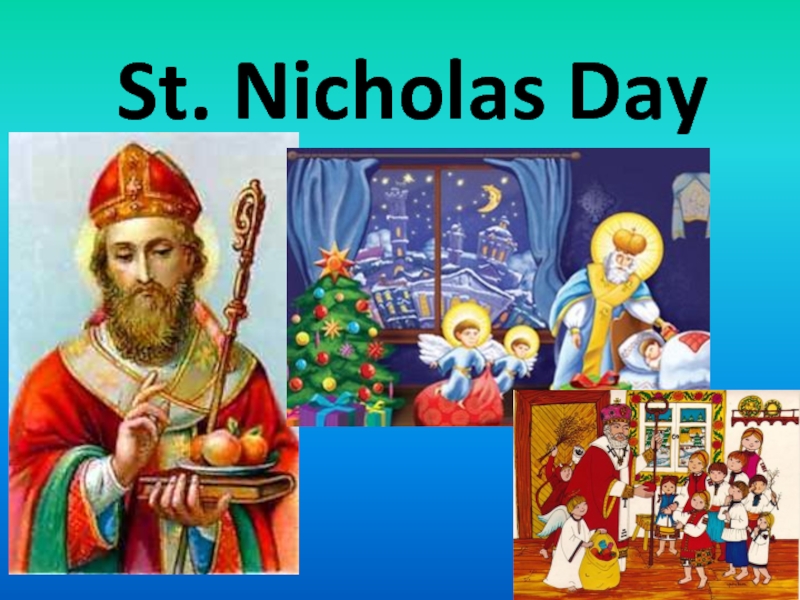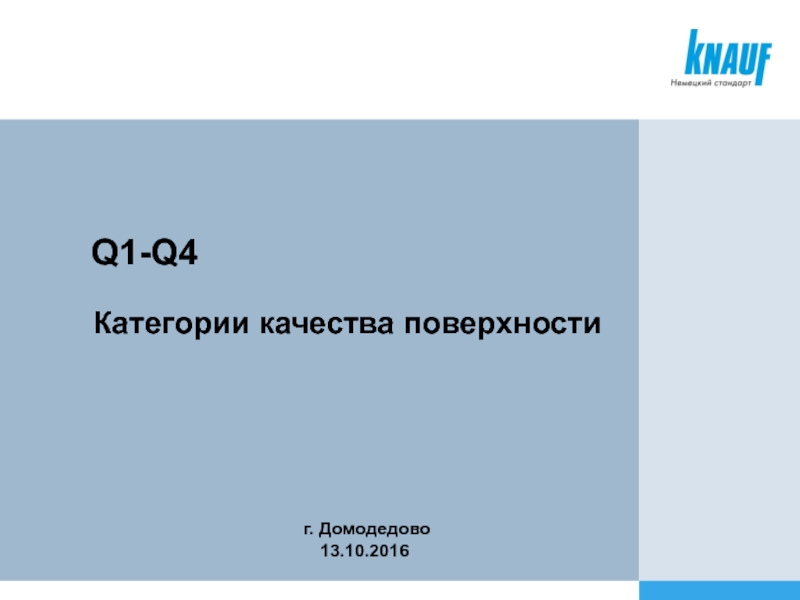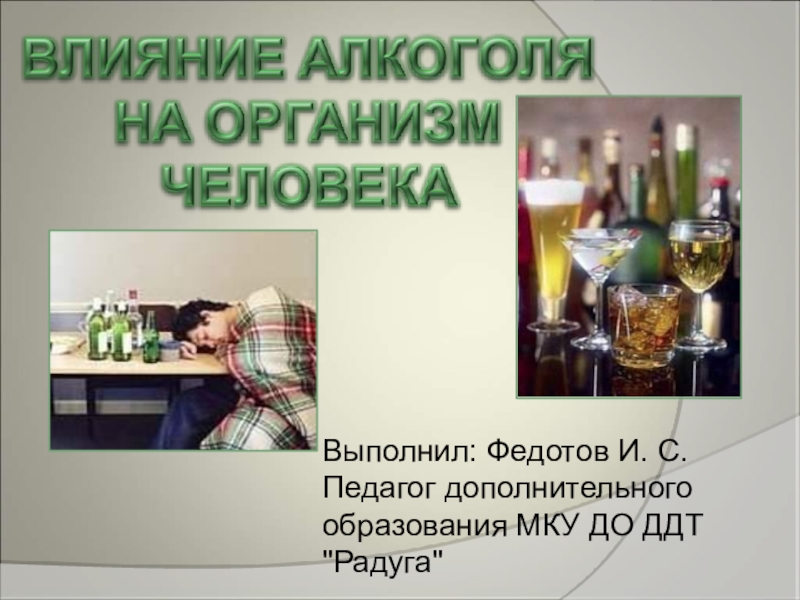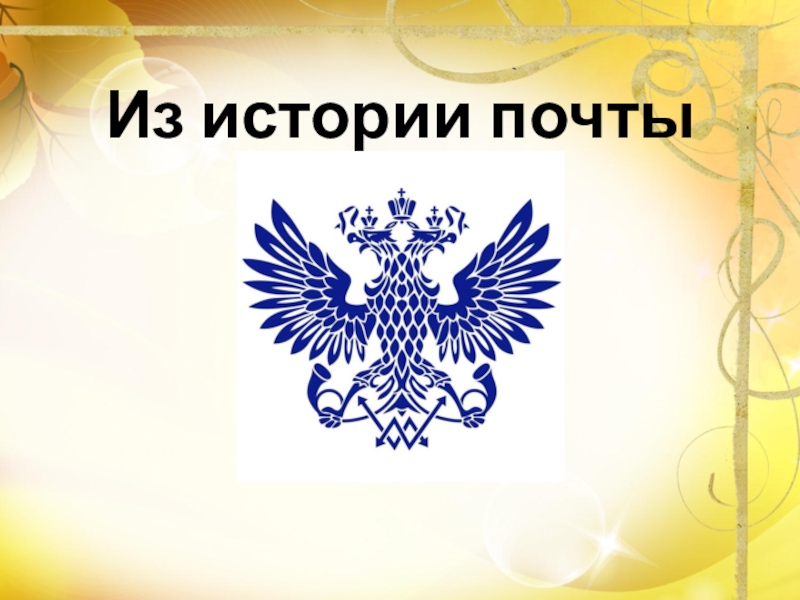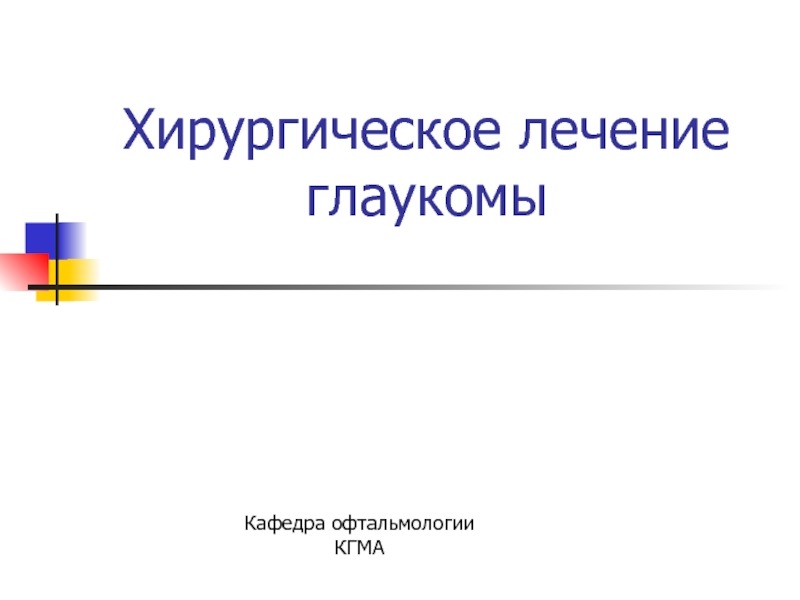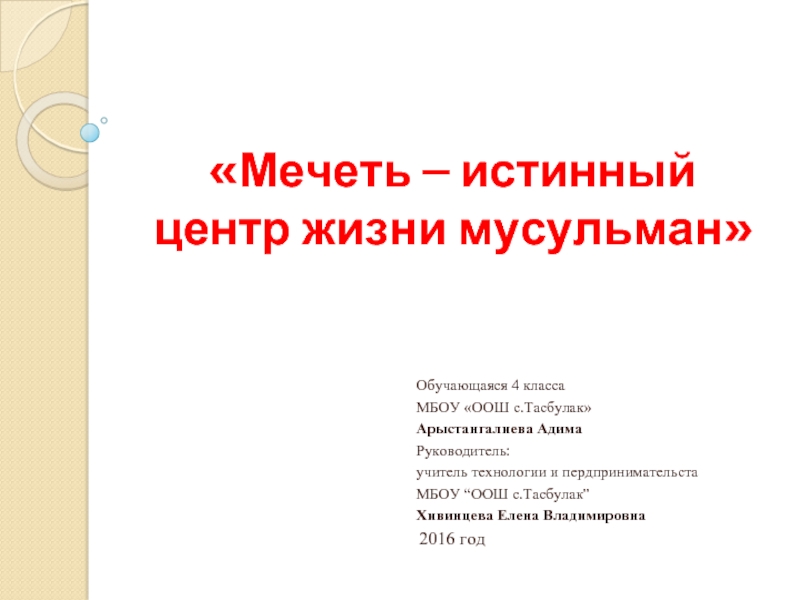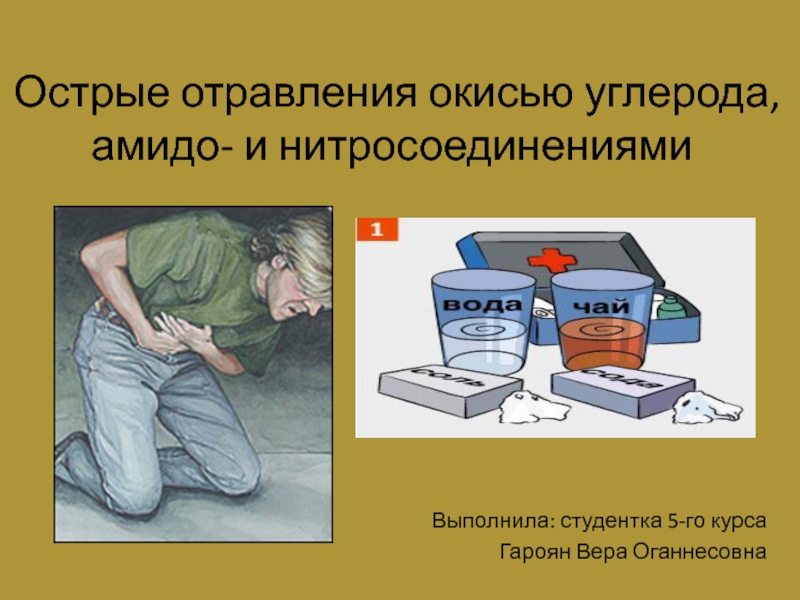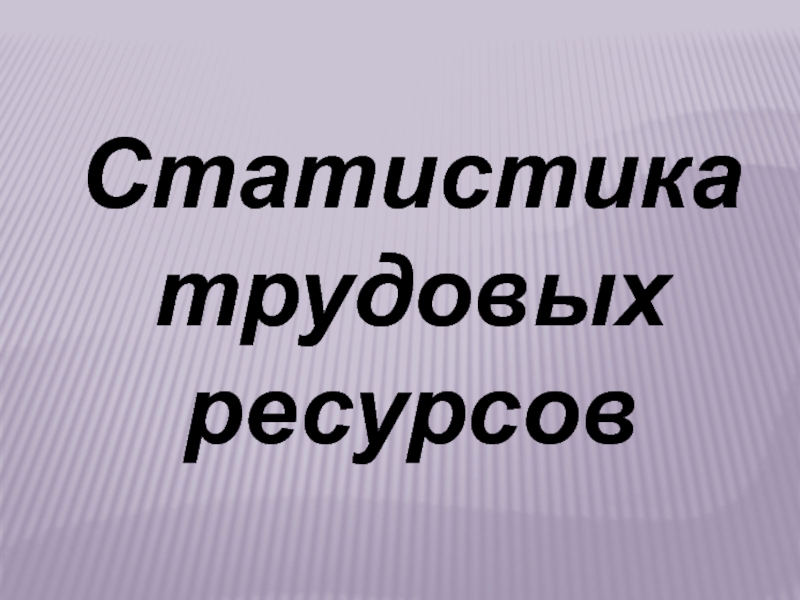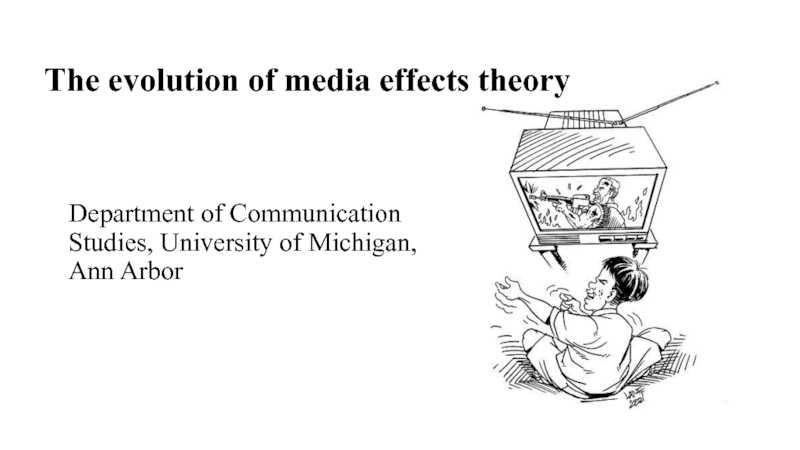Разделы презентаций
- Разное
- Английский язык
- Астрономия
- Алгебра
- Биология
- География
- Геометрия
- Детские презентации
- Информатика
- История
- Литература
- Математика
- Медицина
- Менеджмент
- Музыка
- МХК
- Немецкий язык
- ОБЖ
- Обществознание
- Окружающий мир
- Педагогика
- Русский язык
- Технология
- Физика
- Философия
- Химия
- Шаблоны, картинки для презентаций
- Экология
- Экономика
- Юриспруденция
ENGLAND IN THE XVII CENTURY
Содержание
- 1. ENGLAND IN THE XVII CENTURY
- 2. James I Stuart (1566 / 1603 –
- 3. The Gunpowder Plot (1605) Many Englishmen were
- 4. The Gunpowder Plot (1605) But the Gunpowder
- 5. Guy Fawkes Night (November, 5)Remember, rememberThe Fifth
- 6. The King and the Parliament James’s relations
- 7. Charles I (1600 / 1625 – 1649)
- 8. The Beginning of the Civil War The
- 9. The Civil War The Civil War,
- 10. The Civil WarThough at the beginning of
- 11. The End of the Civil War
- 12. The Republic England was proclaimed a republic,
- 13. The Republic At first people greeted
- 14. The Restoration In 1660, after Oliver
- 15. Tories and Whigs The Restoration parliament
- 16. James II (1633 / 1685 – 1688)
- 17. The Glorious RevolutionWilliam of Orange (William III)
- 18. William and Mary signed the
- 19. English colonies in North America The
- 20. Bombay and Tangier became the first English colonies in Asia and Africa
- 21. English science and philosophyFrancis BaconIsaac NewtonJohn LockeThomas
- 22. Literature In literature the Metaphysical poetry
- 23. Literature Another well-known poet was John
- 24. PaintingThe fine arts were dominated by foreign
- 25. Anthony Van Dyck. Charles I with his family
- 26. Anthony Van Dyck. William II of Orange and Henrietta Mary Stuart, daughter of Charles I
- 27. Anthony Van Dyck. Sisters Wharton
- 28. Anthony Van Dyck. Charles I
- 29. Music Henry Purcell, one of the
- 30. Theatre Theatres reopened after having been
- 31. Architecture In English architecture classicism became the predominant trend.
- 32. Inigo Jones (1573 – 1652)Banqueting House, LondonQueen’s Housea house in Greenwich
- 33. Christopher Wren (1632 – 1723)St.Paul’s Cathedral, London
- 34. London churches, designed by Christopher WrenMary-le-BowSt.JamesSt.Steven’s Walbrook
- 35. Wren’s architecture in Greenwich
- 36. Скачать презентанцию
James I Stuart (1566 / 1603 – 1625) Elizabeth I, the last of the Tudors, died in 1603, and James Stuart of Scotland (James I) was declared as rightful heir.
Слайды и текст этой презентации
Слайд 3The Gunpowder Plot (1605)
Many Englishmen were dissatisfied with the
new king and planned to overthrow the new dynasty. For
example, in 1605 a group of English Catholics attempted to blow up the king and Parliament on the day when the annual parliamentary session was opened.Слайд 4The Gunpowder Plot (1605)
But the Gunpowder Plot was exposed,
Guy Fawkes was caught on the spot.
The parliament established
the 5th of November as a day of public thanksgiving. Guy Fawkes Night is still celebrated with bonfires and fireworks. Guy Fawkes
Слайд 5Guy Fawkes Night (November, 5)
Remember, remember
The Fifth of November,
Gunpowder treason
and plot,
For I see no reason
Why Gunpowder treason
Should
ever be forgot!Слайд 6The King and the Parliament
James’s relations with Parliament were
rather complicated. The king proclaimed his “divine right” to rule
as he wished, while Parliament insisted on controlling the king’s actions.James I
Слайд 7Charles I (1600 / 1625 – 1649)
The struggle between
the king and the parliament continued in the reign of
Charles I. Charles needed money for wars and other purposes, and had to summon Parliament from time to time, hoping it would give its consent to introduction of new taxes. But Parliament refused to grant him money.Слайд 8The Beginning of the Civil War
The Parliament of 1640,
which came to be known as Long Parliament (for it
sat for 13 years) openly opposed the king and refused to be dismissed. Charles withdrew from London and declared war on Parliament.Слайд 9The Civil War
The Civil War, or the English
bourgeois Revolution, lasted from 1642 till 1649, and was a
series of armed conflicts between Parliamentarian and Royalist armies. The king had support of the poorer West and North of England, while the parliament sympathies were strong in the economically developed South and East.Слайд 10The Civil War
Though at the beginning of the war the
king’s army was stronger, the war finally ended with the
Parliamentary victory.Слайд 11The End of the Civil War
Charles I was
brought to public trial, declared "tyrant, traitor, murderer and public
enemy" and beheaded on January, 30, 1649.Слайд 12The Republic
England was proclaimed a republic, governed by Parliament
in the name of the common people. In fact, real
power was in the hands of the army, led by Oliver Cromwell. In 1653 he assumed the title of Lord Protector, dissolved Parliament and ruled with almost royal power.Oliver Cromwell
Слайд 13The Republic
At first people greeted the new republic,
but soon it appeared that they could never be happy
in it. The new leaders - the Puritans - advocated an austere lifestyle. Holidays such as Christmas and Easter, the theatre and dancing were banned.Слайд 14The Restoration
In 1660, after Oliver Cromwell died, the
Restoration of the monarchy took place: Charles II was invited
to rule over the country.Charles II
Слайд 15Tories and Whigs
The Restoration parliament was mainly royalist
but the first political parties appeared in it. They were
known as Tories and Whigs. The Tories were mostly big landlords supporting the king. The Whigs were merchants and smaller landowners linked with commerce.Слайд 16James II (1633 / 1685 – 1688)
Charles II
was succeeded by his brother James II, who attempted to
re-introduce Catholicism into the country. He isolated himself completely, and the Tories and the Whigs united to invite to England Mary, a protestant daughter of James II, who married William of Orange, a Dutch prince .Слайд 17The Glorious Revolution
William of Orange (William III)
Mary II
The events of the year 1688 were called the Glorious
Revolution. The Dutch army landed in England, but no war was fought as James preferred to flee to France. William and Mary became rulers of Britain as joint monarchs.Слайд 18 William and Mary signed the Bill of Rights
(1689) that guaranteed free speech, free elections and frequent meetings
of Parliament. Parliament was declared supreme power in the state. Thus the constitutional monarchy was established in England.Слайд 19English colonies in North America
The 17th century was
the beginning of the future British Empire. The foundation of
Jamestown, Virginia in 1607 and Plymouth, Massachusetts in 1620 laid the foundation for British settlement in America.Слайд 21English science and philosophy
Francis Bacon
Isaac Newton
John Locke
Thomas Hobbes
Great progress was
made in many branches of science, including physics, astronomy and
mathematics.Слайд 22Literature
In literature the Metaphysical poetry movement, one of
the forms of the baroque style, produced powerful figures like
John Donn.Слайд 23Literature
Another well-known poet was John Milton, the author
of great poems Paradise Lost and Paradise Regained
Слайд 24Painting
The fine arts were dominated by foreign talents, as the
national school of painting hadn’t been formed yet. For example,
a Dutchman Anthony Van Dyck was the most prominent portrait painter during the reign of Charles I.A. Van Dyck. Self-portrait with a sunflower
